Community Associations, Hotels, HOAs, and Private Residences
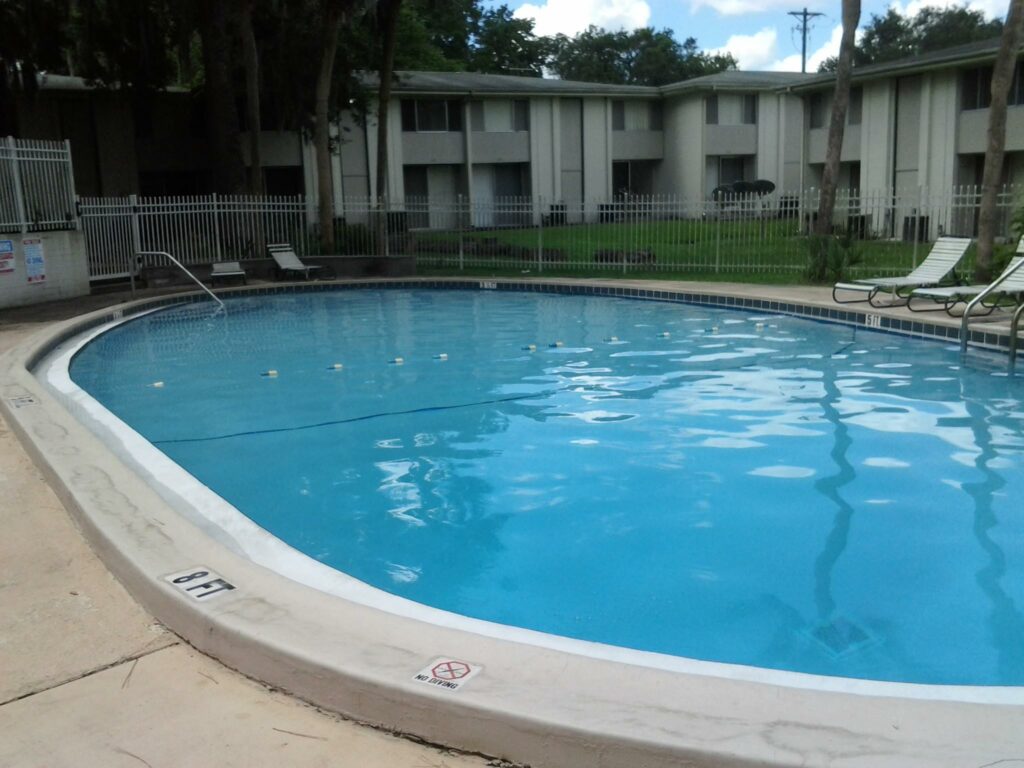
This is a great question. You have probably heard that you need to shock your pool once every seven to ten days with granular chlorine at a dose of one pound per 10,000 gallons or a jug of liquid, but is this true? The honest answer is, “Maybe.”. It honestly depends on the pool at your facility. If you have a heavy bather load, you may find that this is accurate, but, if your pool doesn’t get a lot of use, you may go greater lengths of time. Keep in mind property conditions, foliage, and weather will also play a factor.
The one time a week thing is just a “rule of thumb” that was created for maintenance techs and pool-owners by folks who do not think you will put in enough effort to calculate your actual needs. We like to give people a bit more credit than that. The truth of the matter is, there is a test to see when you need to “shock” with chlorine.
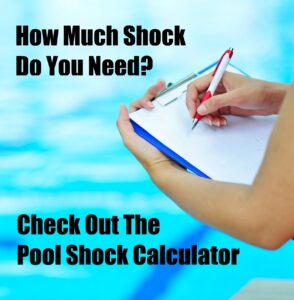
The only reason we “shock” a pool is to eliminate a combined chlorine level. If you don’t have one, you don’t need to shock. It’s that simple. The way we determine if we have a combined chlorine level (chloramines) is to test to see if there is a difference between Free Chlorine and Total Chlorine. The difference between the two is combined chlorine. If there is not a difference, then there is not a combined chlorine level; if there is not a combined chlorine level, you don’t need to “shock.”
All properties are not the same, and neither are their pools
This does not mean you cannot super chlorinate to treat an algae problem if you have one or add a bit of granular chlorine to raise the chlorine level when it is low. Just that one time per week shock may not be necessary for your pool. We need to look at each individual pool as being unique and lean more toward a “personalized medicine” approach, versus cookie-cutter tactics. If you are interested in doing something every week as a preventative measure when none of the above conditions exist, a non-chlorine oxidizer (sometimes called non-chlorine shock), such as potassium monopersulfate, is the better way to go.
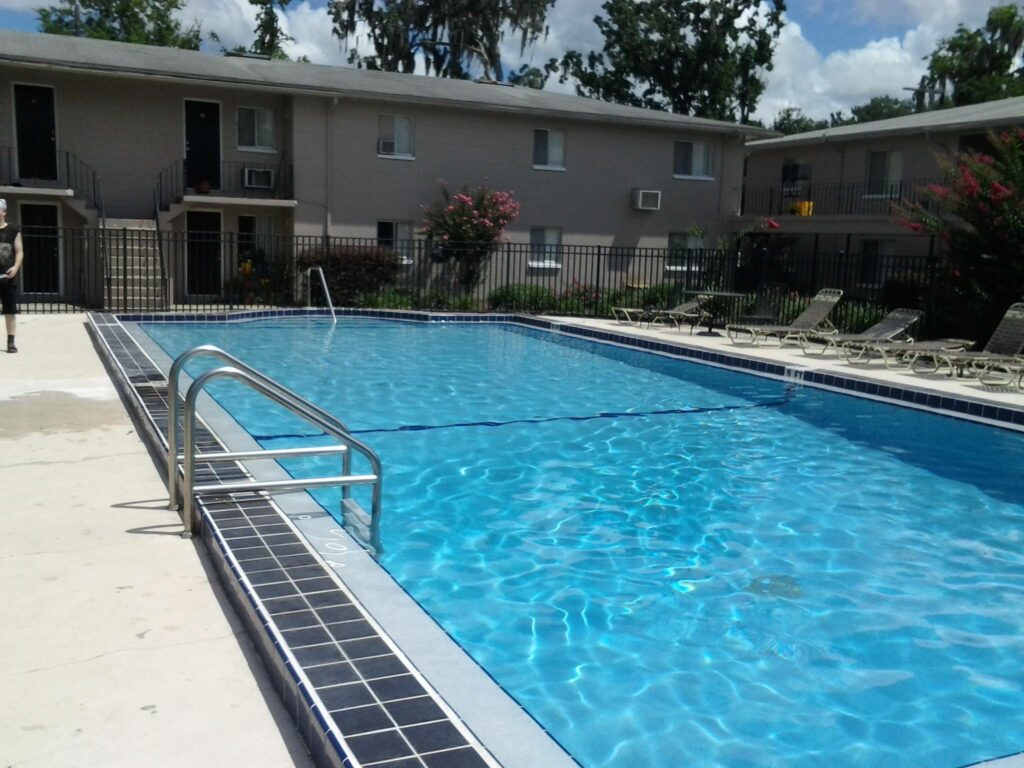
“If not enough chlorine is added, the combined chlorine (chloramines) problem may be exacerbated, and conjunctival irritation and obnoxious odours in the pool area may be raised to high levels. If too much chlorine is added, it may take a long time to drop to safe levels before bathing can be resumed…” – World Health Organization, Guidelines For Safe Recreational Water Environments
To start with, you’re going to need a good quality test kit. You’ll want one that can differentiate between Free Chlorine and Total Chlorine. If you have one of the two-bottle or five-bottle test kits that you often find at big box DIY centers, they are not going to cut it. These kits use a chemical called OTO to test for chlorine and can only measure Total Chlorine. If they can’t test Free Chlorine, it cannot be used to see if you have combined chlorine. Using a test kit that comes with either DPD powders (FAS DPD) or DPD reagents is what you are going to need. It’s not a complicated or time-consuming process, three bottles at five drops each, then match the colors. Most maintenance techs already have a kit that contains these, but if you are not using that third yellow bottle, you are only guessing at the pools chlorine chemistry needs.
A FAS DPD method will measure in smaller increments providing you with more precise measures and greater control of your chlorine chemistry
Total Chlorine – Free Chlorine = Combined Chlorine
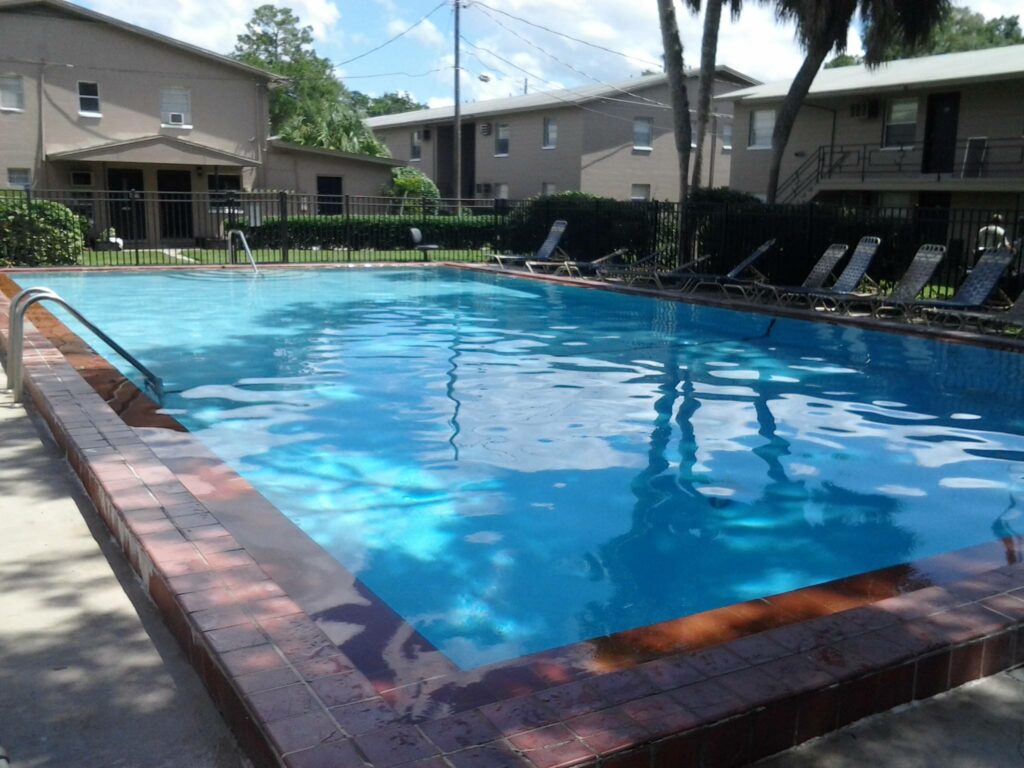
Once you have calculated your combined chlorine level, you can calculate the dose of chlorine needed to achieve breakpoint. Breakpoint is the level of chlorine required to burn off the level of combined chlorine (chloramines) in your pool. Whatever the number, you will need a Free Chlorine level 10x higher than the level of Combined Chlorine in your pool. To calculate what that number is, all you have to do is multiply your combined chlorine by 10, which will give you your Breakpoint Chlorination level. This is also going to be different every time because it is based on the actual combined chlorine level, which will vary from test to test. Once you have that number, subtract your existing Free Chlorine level from the Breakpoint Chlorination level, this will let us know how much of an increase we really need, or you can use our Pool Shock Calculator
Total Chlorine – Free Chlorine = Combined Chlorine
Combined Chlorine x 10 = Breakpoint Level
Breakpoint Level – Existing Free Chlorine = Amount of Increase Needed
Example:
A 15,000-gallon swimming pool with a Free Chlorine level of 1.0 ppm & a Total Chlorine level of 1.4 ppm. How much of an increase is required?
1.4 ppm (Total Chlorine) – 1 ppm (Free Chlorine) = 0.4 ppm (Combined Chlorine)
0.4 ppm (Combined Chlorine) x 10 = 4.0 ppm (Breakpoint Level)
4.0 ppm (Breakpoint Level) – 1 ppm (Existing Free Chlorine) = 3.0 ppm (Amount of Increase Required)
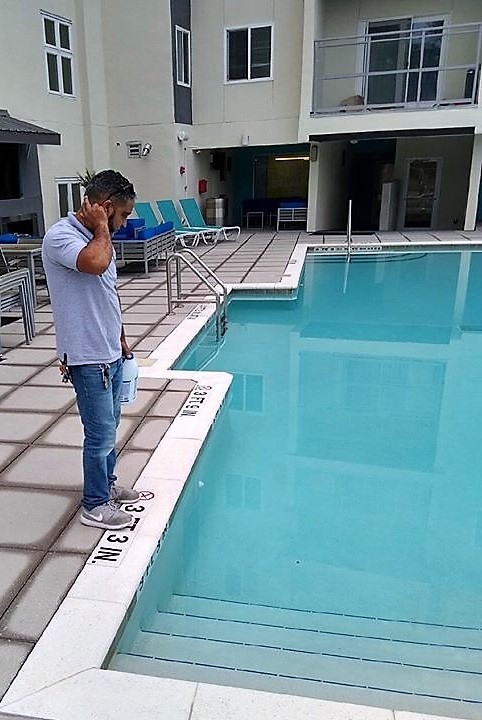
Now that you have figured out how much of an increase you need, we can figure out how much chlorine you need to add. The dose will be dependent on the type of chlorine shock which will be listed as the active ingredient on the label. The following are the chemicals most commonly used in swimming pools as a shock, and I’ve included the actual dose of each required to increase the Free Chlorine by 1 ppm in 10,000 gallons of water:
Calcium Hypochlorite, aka Calhypo (for unpainted plaster pools) – 2 ounces
Sodium Hypochlorite, aka Liquid Chlorine (All pools) – 10.7 fluid ounces
Lithium Hypochlorite (All Pools) – 3.8 ounces
*Sodium dichloro-s-triazinetrione, aka Dichlor (All Pools) – 2.4 ounces
*Not recommended due to the product’s contribution to cyanuric acid
For the best method of adding a dose to pool water: Always follow manufacturers label instructions
According to the World Health Organization’s Guidelines For Safe Recreational Water Environments, Trying to compensate for inadequacies in treatment by shock dosing is bad practice, because it can mask deficiencies in design or operation that may produce other problems.

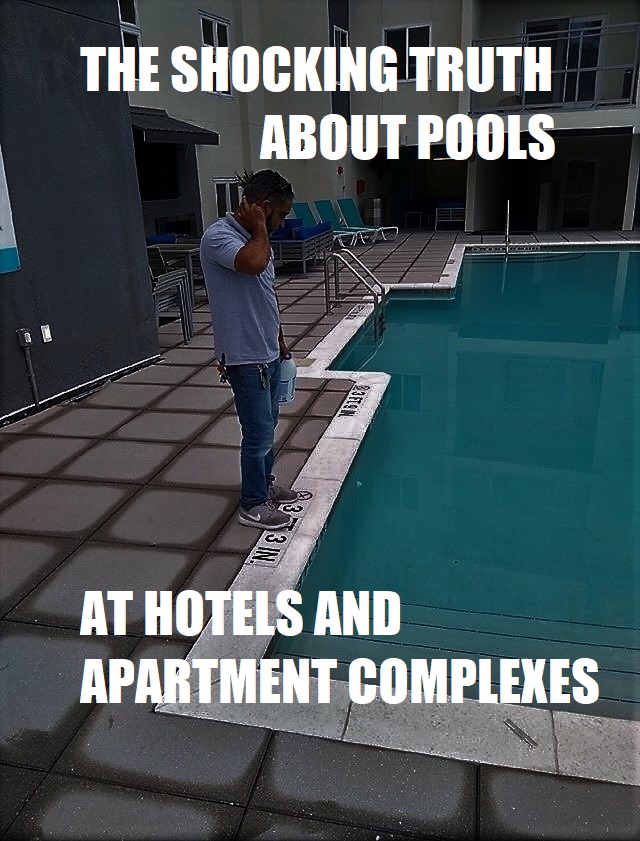

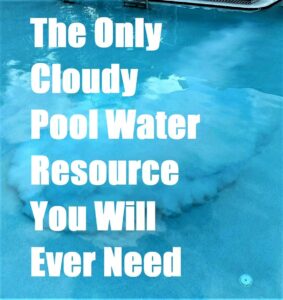
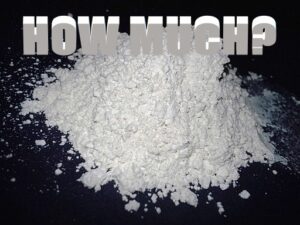
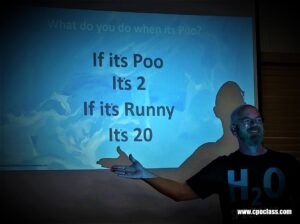

So much good information! Thanks for sharing.
Glad someone had explained this in equation. It’s very difficult to find these info.
I remember when I use to manage a busy public pool. Balancing the chemical side was always a fun game! Some really good advice in this post about shocking.
Thanks for sharing
This is a great read thanks for Sharing such informative post.
I didn’t know about pool maintenance in this depth. Thanks for providing useful information.
I have been following your blog for weeks now and I feel that I’m a pool master already. Thanks for the informative articles.
Great information very enlightening. I’ll share this with my community managers. Thank you
Not everyone writes about pools. That makes your website special. I must be thankful for you for writing about this. Always I get useful readings from your well-written blog. Happy blogging!
wow really never thought about all these when diving into the pool of the hotel where we usually spend the summertime…I find it very interesting
I’m not so familiar with pool maintenance but I’m glad I stumbled upon your blog and learned so much from it! I’ll be sure to share these information.
I’ve never heard of “shocking” a pool but its always interesting to hear new facts 🙂 Thank you for sharing!
I don’t own a pool and it is interesting to learn hot to properly maintain it. It might be costly, but will be more costly if not maintained well.
It is so true..you never know if its safe for the kids.
My family and I just moved into a house with a pool and we don’t know how to clean it. I like how you explain the only reason we “shock” a pool is to eliminate chlorine level. Thank you for the information. I’ll contact a professional to maintain my pool.
Hey Jay, Thank you for reading! We shock the pool in order to eliminate a combined chlorine (chloromine) level. We are not trying to get rid of the Chlorine level, we’re gonna need that. ? YES, when in doubt hire a professional! I agree with this ?